Invasive Plants
Invasive plants are those that have a tendency to take over an area if left unchecked. While we do have some invasive native plants in Kentucky the ones that cause the most trouble in our woodlands are invasive exotic plants. These invaders are not controlled by the insects, animals, or diseases that keep them in check in their homeland. If not addressed quickly they can spread and become a serious problem for woodlands.
There are a wide variety of methods that can be used to address invasive exotic plants depending on the types of plants, their size, and densities. It is critical to match the control method appropriately to the plant and even then it is necessary to follow-up to ensure there is not a new invasion in the future. Check out the resources on this page to learn how you can deal with invasive exotic plants on your property.
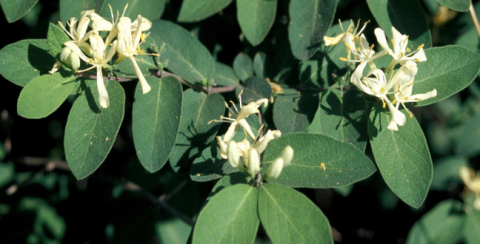
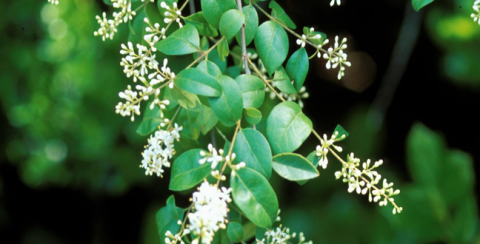
Chinese Privet
Widely planted as ornamentals, these are now aggressive invaders.
View Chinese Privet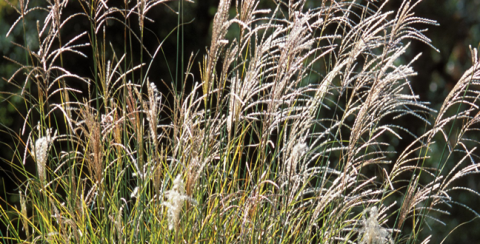
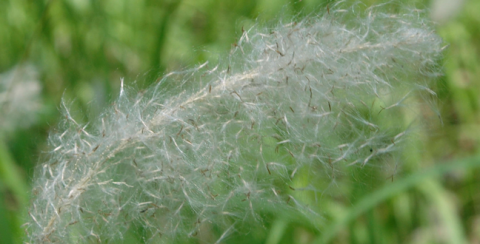
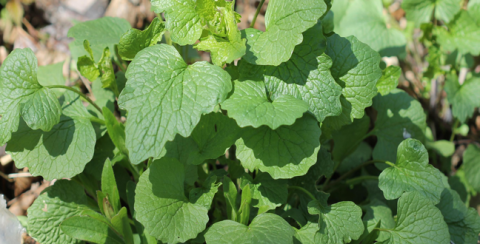
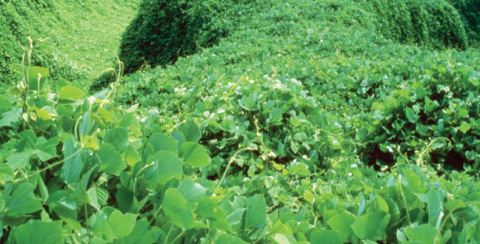
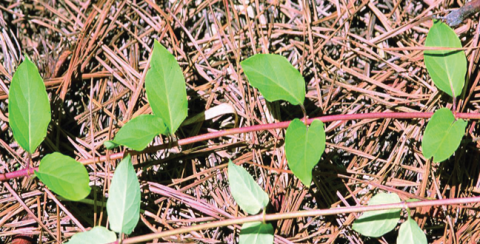
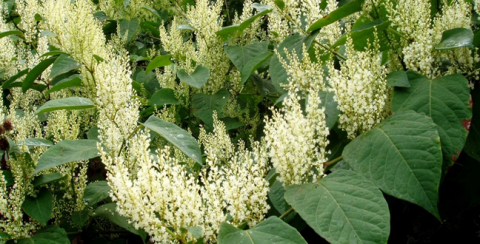
Japanese Knotweed
A non-native invasive shrub that is native to several countries in eastern Asia.
View Japanese Knotweed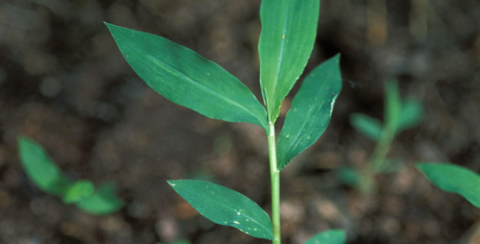
Japanese Stilt Grass
A sprawling annual grass that is common to disturbed sites throughout Kentucky.
View Japanese Stilt Grass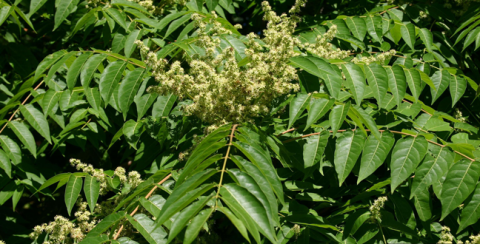
Tree-of-Heaven
A fast-growing tree from Asia that has spread throughout the United States.
View Tree-of-Heaven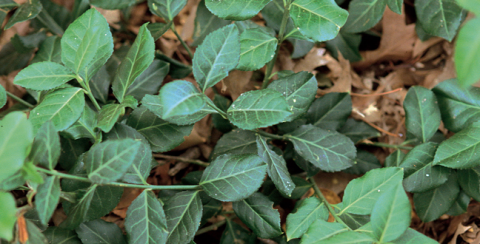
Winter Creeper
Introduced from China in the early 1900s as an ornamental. Its thick carpet of leafy vines.
View Winter CreeperInvasive Publications
If you would like to view all of our invasive publications click below.
View invasive publications...